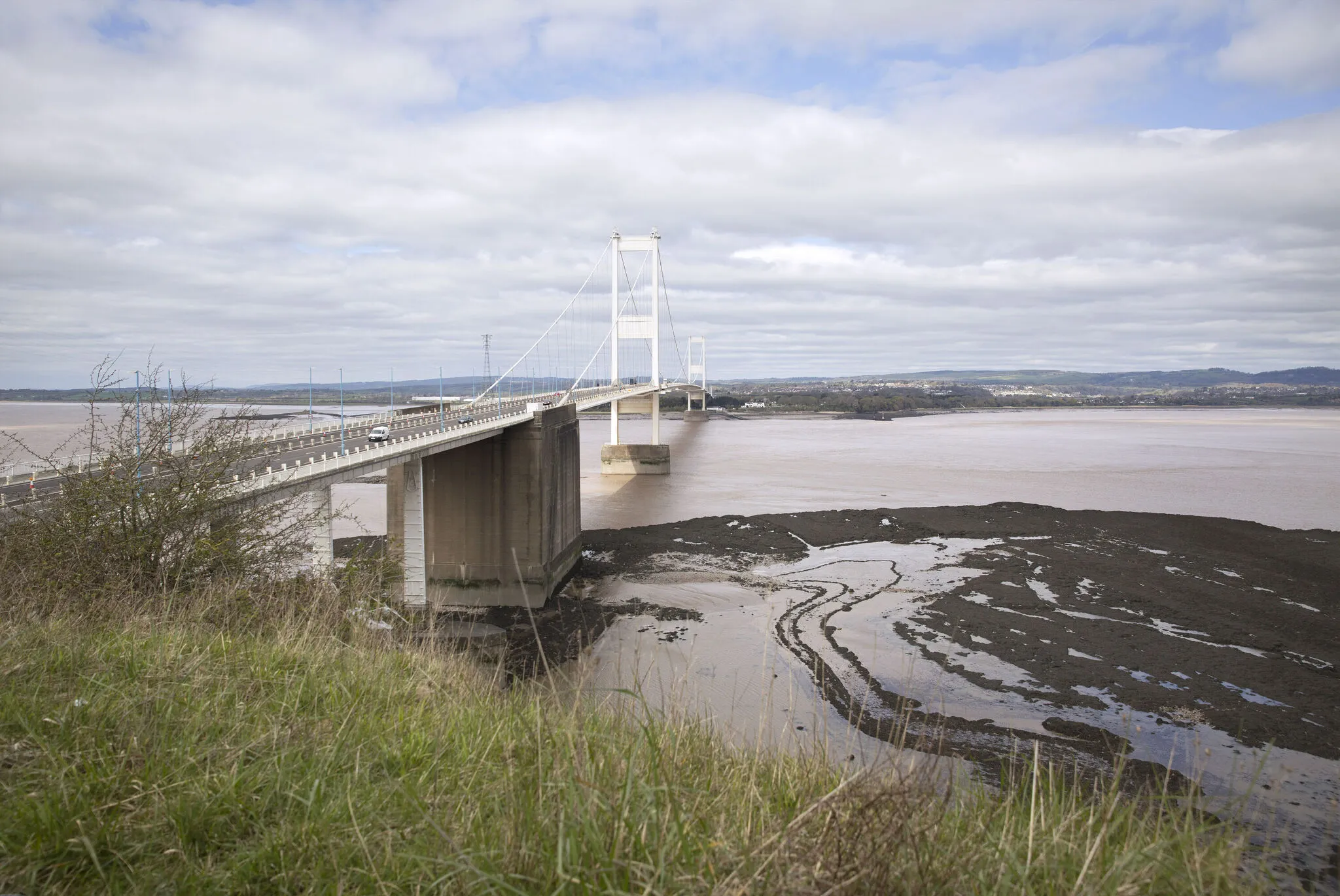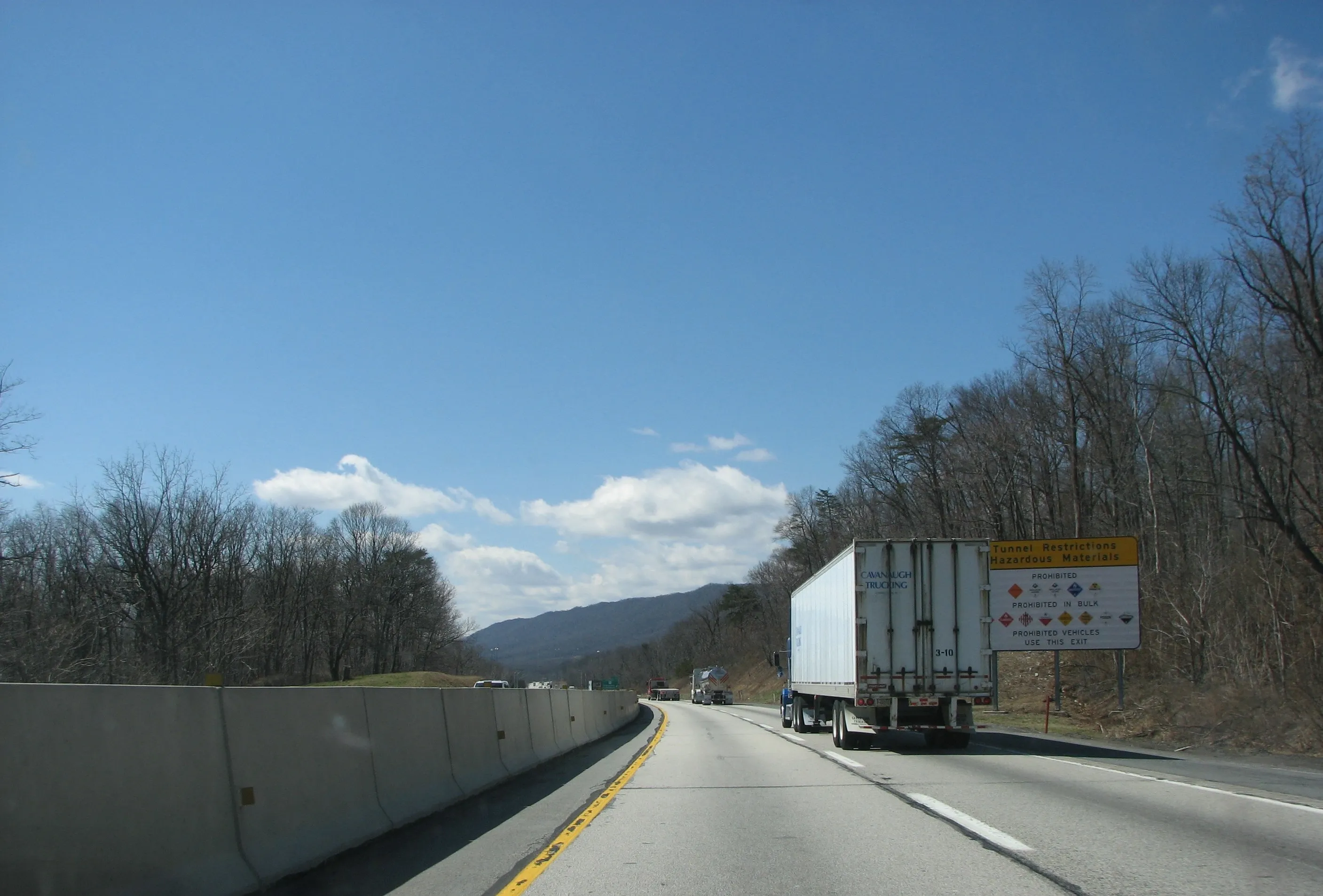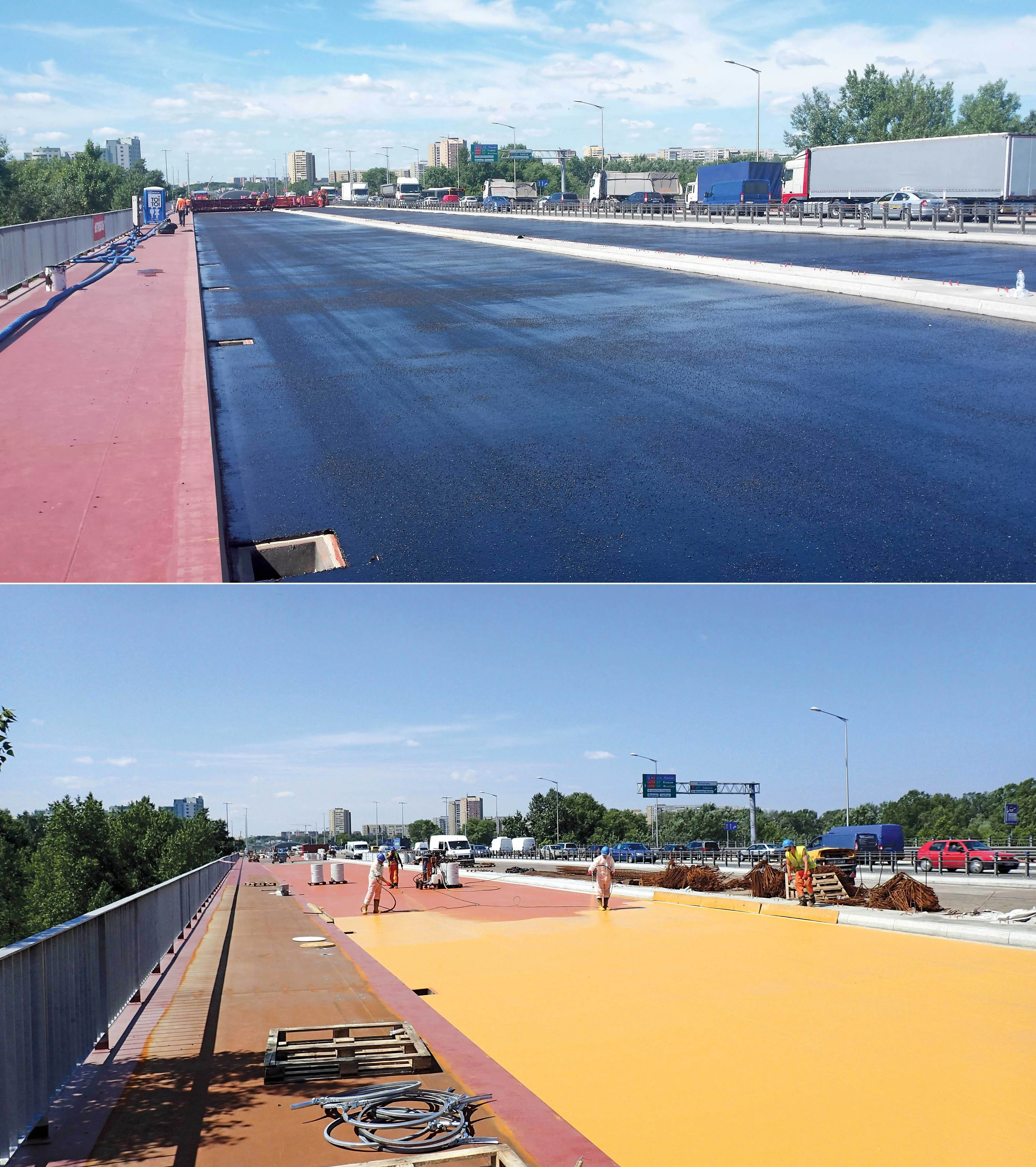September 10, 2015
Explosive demolition techniques were used to remove a defunct bridge in China. The Lishui Bridge in Zhangjiajie, central China was around 40 years old and was no longer able to meet current traffic requirements. The local authorities hired in a demolition contractor to remove the structure, with explosives then being used to bring it crashing down earlier this week. The Big People’s Daily Online reported that 1tonne of explosives was used for the work.








